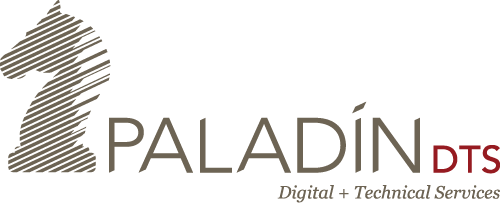By Candice Rogers, President, Paladin, Inc.
Since joining my dad in the business nearly two decades ago, he has taught me volumes about the commissioning discipline, communicating complex truths with real-life examples, including insights gathered while he was growing up on a chicken farm. One of his most relevant pieces of advice is “marry up” and he is living proof of that phrase’s power.
On the actual marriage side, he lived it out when he landed my mother, the woman he considers the greatest catch of the century. A Virginia debutante, she was definitely out of that Kentucky chicken farmer’s league. Although their backgrounds were vastly different (her childhood stories feature horseback riding lessons and shopping trips while his include jumping out of tobacco barns and stretchin’ chickens [believe me…you don’t want to know what that is]), they’ve been happily married for 41 years.
The ability and willingness to mesh two or more seemingly disparate entities is not only essential for an enduring marriage, it also underlies the power of the commissioning discipline. For example, I’ve seen design and operations professionals show up for projects like it was an involuntary blind date, expressing little hope of connecting, only to have their viewpoint transformed with communication, patience and a little hard work.
As a Commissioning Authority, I have seen this dynamic unfold in early Design meetings, when the plans provide an empty canvas – ready for ideas. Lofty goals are expressed, and desired project outcomes like community, invigoration, leadership, and achievement are listed. It’s fun to dwell in the realm of new ideas and unlimited possibilities when shiny color palettes dot the tables and the budget seems big enough to accomplish the dream. Cynics dismiss this potential by grumbling “Anything is possible, on paper,” but I say embrace this moment where the imagination allows dreams to take shape and innovations to occur.
I say that because, it’s just a matter of time before reality creeps in and practicality grounds the conversation like a sand bag on a hot air balloon. As uncomfortable realities like device incompatibility, the need to change light blubs in a soaring three story atrium, or disagreements over vendor preference materialize, expansive dreams are brought into sharp focus and the design is forced to move beyond merely “what” to become, also, “how.”
The best teams navigate this line between design and operations or dream and practicality by walking hand in hand. When the design and operations disciplines converge with imagination, the benefits reach far beyond a building’s appearance to encompass beautiful functionality as well. Offices can immediately conform to the occupant’s space preferences. Every device, light and climate control can be meshed into one interface and operational consistency and reliability can be attained with no outages. These outcomes can flow from a healthy marriage of design and operation.
In my experience, this nexus is the place where commissioning fulfills its highest potential because it is much more than merely verifying a sequence of operations. As Commissioning Authority on a project, I help collect the dreams and ideas in the Owners Project Requirements. At the right time, I help introduce the concepts that will ground those dreams. Then, while the realities of the project evolve through design and construction, commissioning protects the original dreams and works to keep them woven into the final result. To me, that’s the real application of commissioning.
Helping create harmony between two different, but not opposite, points of view is a lot like seeing a marriage between a debutante and a chicken farmer. When the two parties apply my dad’s other piece of marriage advice (i.e., “Care about each other”), the magic really happens. When the members of a project team extend mutual respect, care about the design and fearlessly consider the realities, the big dreams survive and the whole is far, far better than the sum of its parts.

